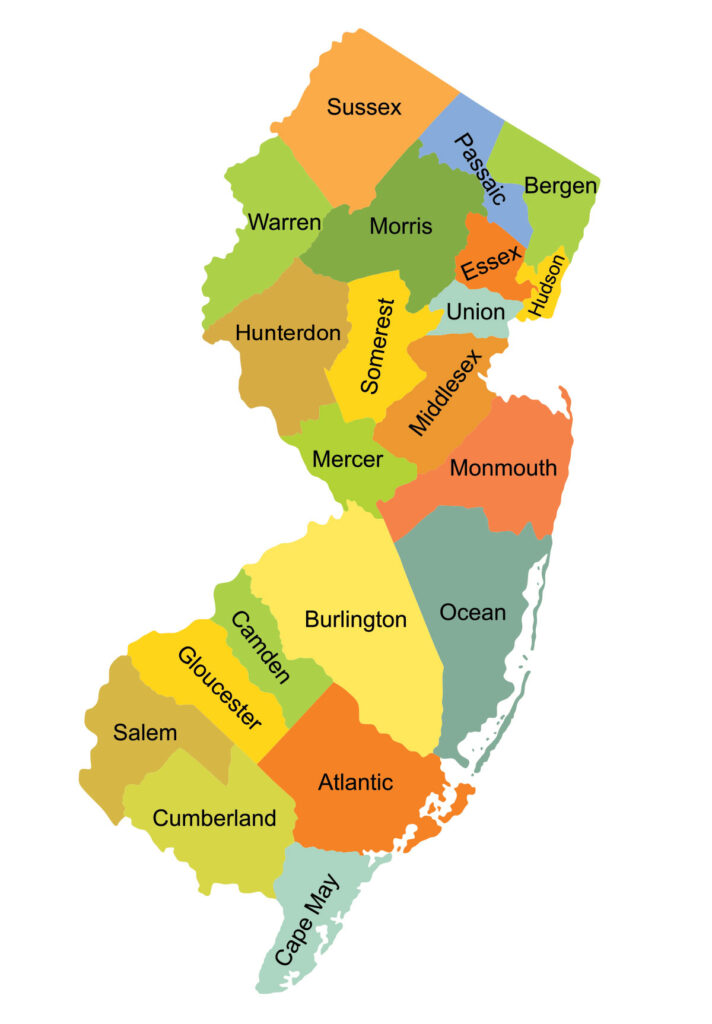About New Jersey Counties:
What is the purpose of a county? Why are counties created?
The purpose of a county is to improve the daily lives of its residents. The people who live, work, and play in Camden County are our highest priority, so nearly everything county employees and elected commissioners do flows from our responsibility to maintain and improve things, like public safety and health, roads and bridges, transportation, and economic conditions. We want to help everyone who calls Camden County home to live here in safety and with dignity.
Traffic and roads in need of repair have always been a reoccurring issue in the Garden State. When New Jersey was first settled in the 1600s, travel was difficult, and citizens needed to be able to access government services wherever they lived statewide. Counties provide us with the convenience of being able to conduct official business within a few miles, rather than hours away. Fun facts: New Jersey’s first county – Essex County – was established in 1681, while Union County was the last to be established, in 1857. Camden County was established in 1844.
How many counties are in NJ?
There are 21 counties in the state of New Jersey. In alphabetical order, they are:
- Atlantic,
- Bergen,
- Burlington,
- Camden,
- Cape May,
- Cumberland,
- Essex,
- Gloucester,
- Hudson,
- Hunterdon,
- Mercer,
- Middlesex,
- Monmouth,
- Morris,
- Ocean,
- Passaic,
- Salem,
- Somerset,
- Sussex,
- Union,
- and Warren.
How is a county different from a municipality or city?
Think of a state as a set of nesting boxes; at the center, the smallest box is a municipality. Municipalities are the villages, boroughs, townships, and cities that people live and work in. The next-largest box is a county, where municipalities are located. For example, the municipality of Haddon Heights is located within the county of Camden. The largest box, which holds the counties and municipalities nested within it, is the state of New Jersey.
What are the powers and responsibilities of county government?
A county government has many powers and responsibilities. One of the more important obligations of county government is prioritizing the safety of the residents in its communities. This includes administering and enforcing state laws, ensuring the safety of our roads, and making sure all schools, businesses, restaurants, and public buildings are inspected regularly and are repaired as needed. Other county government powers and responsibilities include collecting taxes, assessing property values, recording, and storing public documents, conducting elections, and issuing licenses for businesses, and marriages. They also have the power and responsibility of providing facilities and services for the community. Which includes community centers, public libraries, hospitals, and parks.

